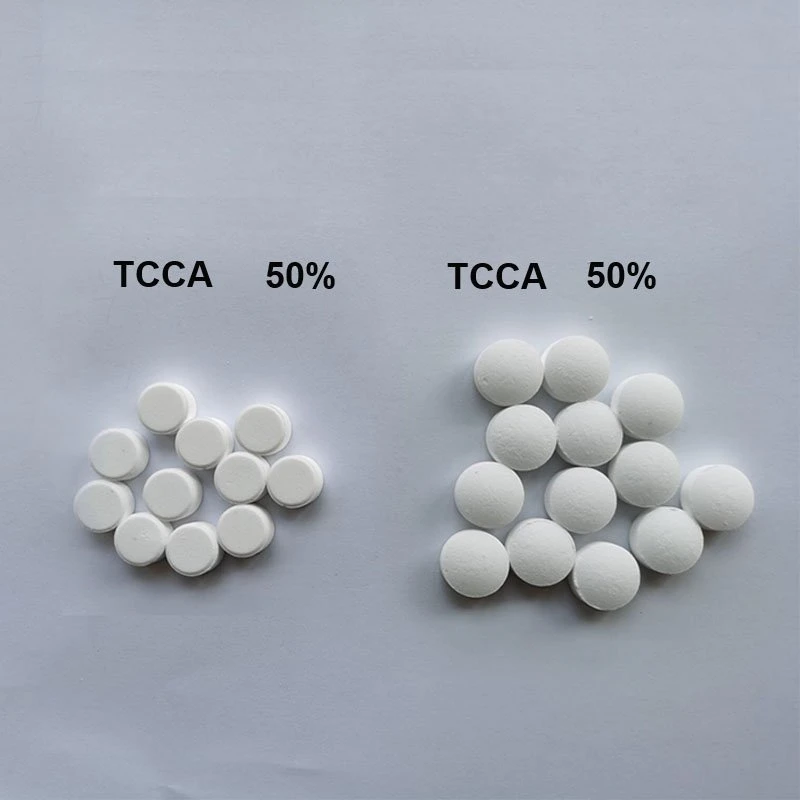



Chemicals Commonly Used for Water Disinfection and Their Effects
Water Disinfection An Overview of Common Chemicals Used
Water is essential for life, yet access to clean and safe drinking water remains a challenge in many parts of the world. Contaminated water can lead to numerous health issues, including gastrointestinal diseases, cholera, and other waterborne illnesses. To ensure water safety, various disinfection methods are employed, many of which involve the use of specific chemicals. This article explores the primary chemicals used in water disinfection and their effectiveness in rendering water safe for consumption.
Chlorine
Chlorine is one of the most widely used disinfectants for water treatment. It is effective against a broad spectrum of pathogens, including bacteria, viruses, and protozoa. Chlorine can be applied in various forms, including chlorine gas, sodium hypochlorite (liquid bleach), and calcium hypochlorite. When chlorine is added to water, it produces hypochlorous acid, which acts as a strong oxidizing agent, killing or inactivating harmful microorganisms.
One of the significant advantages of chlorine is its residual effect; even after the initial disinfection process, chlorine remains in the water, providing ongoing protection against contaminants. However, there are concerns regarding the formation of disinfection by-products (DBPs) when chlorine reacts with organic matter in the water, potentially leading to health risks. To mitigate these risks, water treatment facilities carefully monitor and control chlorination levels.
Chloramine
Chloramine, a compound formed by combining chlorine with ammonia, is another chemical used for water disinfection. It has gained popularity as a secondary disinfectant since it produces fewer DBPs compared to chlorine. Chloramine provides a longer-lasting disinfecting effect within the distribution system, making it particularly useful for maintaining water quality over extended distances. However, chloramine is less effective against certain pathogens, leading many water treatment facilities to use it in conjunction with chlorine.
which chemicals are used to disinfect water

Ozone
Ozone is a powerful oxidant and is increasingly used in water treatment facilities as an alternative to traditional disinfectants. Ozonation involves injecting ozone gas into water, where it reacts with contaminants, effectively killing bacteria, viruses, and other microorganisms. Ozone has the unique quality of breaking down into oxygen after disinfection, leaving no harmful residuals in the water.
Although ozone is highly effective at microbial inactivation and can improve water taste and odor, its usage comes with challenges. Ozone must be generated on-site due to its instability, and special equipment is required to ensure proper contact time and dosage. Additionally, because ozone has a short half-life, it does not provide residual disinfection, necessitating the use of additional chemicals, like chlorine, to maintain water safety during distribution.
Ultraviolet (UV) Light
While not a chemical, ultraviolet (UV) light deserves mention as a disinfection method. UV light effectively inactivates microorganisms by damaging their DNA, rendering them unable to reproduce. Unlike chemical disinfectants, UV treatment does not introduce any chemical residuals into the water. However, UV disinfection requires clear water for maximum effectiveness, as turbidity can shield pathogens from UV exposure.
Conclusion
In conclusion, the disinfection of water is critical for protecting public health, and various chemicals play a significant role in this process. Chlorine and chloramine are common choices for routine water treatment, while ozone offers an advanced option with potent cleansing properties. Additionally, ultraviolet light serves as an effective non-chemical disinfection method. Each of these chemicals has its advantages and limitations, underscoring the importance of selecting the appropriate disinfection strategy based on specific water quality conditions and public health requirements. As technologies and regulations evolve, the goals of safe drinking water and effective disinfection methods remain paramount.
-
Why Sodium Persulfate Is Everywhere NowNewsJul.07,2025
-
Why Polyacrylamide Is in High DemandNewsJul.07,2025
-
Understanding Paint Chemicals and Their ApplicationsNewsJul.07,2025
-
Smart Use Of Mining ChemicalsNewsJul.07,2025
-
Practical Uses of Potassium MonopersulfateNewsJul.07,2025
-
Agrochemicals In Real FarmingNewsJul.07,2025
-
Sodium Chlorite Hot UsesNewsJul.01,2025










